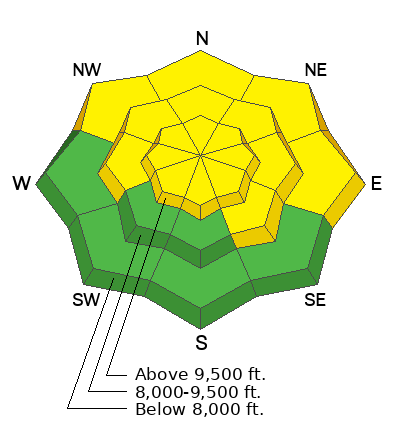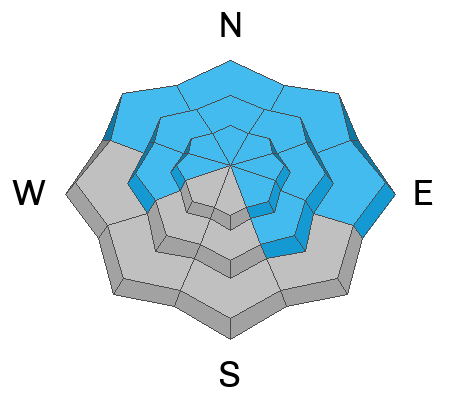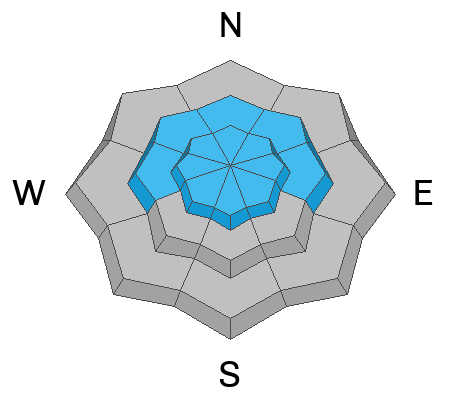Forecast for the Provo Area Mountains

Issued by Trent Meisenheimer on
Thursday morning, February 1, 2024
Thursday morning, February 1, 2024
Today, there is a MODERATE avalanche danger that exists on steep west to north to southeast facing slopes for triggering a 2-5' thick hard slab avalanche that fails on a buried persistent weak layer of faceted snow. We also have a MODERATE avalanche danger for triggering a shallow soft or hard slab of Wind-Drifted Snow.
As the storm moves in, be willing to change and adjust your travel plans based on changing avalanche conditions. The avalanche danger will be on the rise through the weekend.
As the storm moves in, be willing to change and adjust your travel plans based on changing avalanche conditions. The avalanche danger will be on the rise through the weekend.

Low
Moderate
Considerable
High
Extreme
Learn how to read the forecast here





